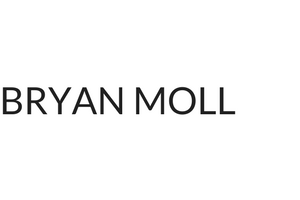As unfortunate as it may be, hiring has become more of a science than a procedure that requires strong interpersonal skills and judgment of character. After all, recruiters are often tasked with gathering large amounts of data and information about candidates in a short amount of time.
However, this method is not employed for the sake of convenience. Instead, many believe this scientific approach will lead them to the right candidate every time. Unfortunately, though, that is not always the case. Sometimes, the data collected is misrepresentative of the candidate, their work ethic, and their potential for future growth.
Additionally, biases can still make an appearance in this process, as recruiters can influence the data to portray the outcome they so desire — like hiring the candidate they feel fits the current company culture rather than the individual that expands upon it.
In these and many other situations, blind hiring may be the key to ensuring the company is growing in the right direction. By definition, such techniques are designed to anonymize or “blind” any demographic-related information about a candidate. Not only would employing such tactics eliminate the chance of a recruiter showing bias, but they could also improve the company’s overall diversity in race, age, gender, and educational background.
Seeing as we are in the midst of the technological age, making such a change to one’s hiring process is simpler than ever before, as certain softwares can easily protect qualified candidates’ information through the initial stages of screening.
For instance, GapJumpers was designed to aid talented coders in getting recruiters’ attention, as they were previously being passed over for not having attended prestigious schools or coding bootcamps. This program shielded candidates’ names, faces, and personal information until they receive a request for an in-person meeting, thus allowing their achievements to speak for themselves. Since its inception, GapJumpers has been utilized at over 1,400 companies and subsequently increased the chances of minority and female candidates being offered first-round interviews by over 40 percent.
Of course, blind hiring is not without fault. After all, candidates’ personal information is only protected for a short period of time. If they were to be interviewed in person, recruiters could still show bias toward any number of factors — age, race, gender, educational background, and culture fit.
However, the hope of utilizing blind hiring techniques is to slowly but surely break biased recruiters of their habits — or at least replace them with those who take their jobs and the growth of the company seriously.
What are your thoughts on blind hiring and its benefits? Be sure to leave them in the comments below. Or, start a conversation with Bryan Moll on Twitter!

